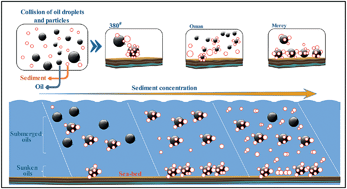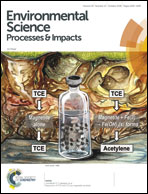Effects of the suspended sediment concentration and oil type on the formation of sunken and suspended oils in the Bohai Sea
Abstract
The unsourced oil contamination on the coast of Bohai Sea has recently attracted scholars to study the formation of sunken and suspended oils (SSO) from oil slicks on the sea surface. In this research, batch experiments have been conducted to study the time-scale effect of the different concentrations of suspended sediments on the formation of sunken oils and suspended oils using three oils (Oman crude oil, Merey crude oil, and 380# fuel oil) and two sediments (sand and silt) at different temperatures. The results showed that the sunken and suspended oils formed quickly within the mixing time and reached a maximum at the equilibrium time, te, and that te had a wide range of variation with sediment concentration and type. The oil sinking and submerging efficiency could reach up to 6.33%, 43.82% and 44.44% for 380# fuel oil, Oman crude oil and Merey crude oil, respectively. It is noted that the increase in sediment concentration and environmental temperature could enhance the formation of SSO but that it had a close relationship with the oil type. Overall, hydrophobic sand had a significantly higher oil sedimentation effect than silt.



 Please wait while we load your content...
Please wait while we load your content...